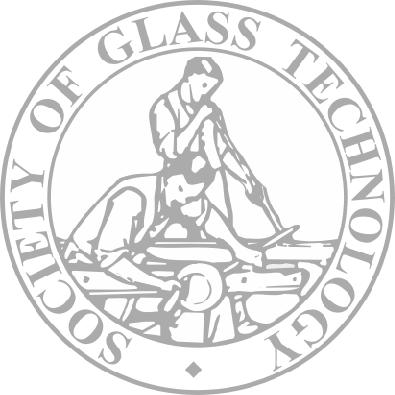
Cambridge 2008
|
Dr Emma Barney , STFC
B2O3 and TeO2 are both glass formers which have been shown to change coordination with the addition of a modifier. This results in the tellurium borate glass system having a complex relationship between glass composition and structure, which has been little studied. 11B MAS-NMR, and Raman studies have shown that the average coordination of boron increases from 3- to 4-coordination with the addition of B2O3 , while tellurium coordination decreases from 4- to 3-coordination. Studies have been carried out, which indicate that the lower boundary for glass is imposed by a liquid-liquid phase separation at ~ 74 mol.% TeO2. The tendency of tellurium borates to phase separate, resulting in changes in composition, can explain the conflicting data published in the literature (e.g. Raman studies).
This study has placed strong emphasis on accurately determining the compositions of the samples studied and quantitative 11B NMR has been used. Measurements of density and N4 values disagree with previously reported relationships between these properties and composition. Fitting the total correlation function, T(r), measured by neutron diffraction, has allowed the boron and tellurium environments to be studied together. The boron coordination number was in good agreement with that measured by 11B NMR; Sekiya et al. have suggested that the coordination changes are a charge balancing mechanism; to balance the [BO4]- unit, there is a corresponding increase in [TeO3]+ trigonal pyramids. Although overlapping correlations in T(r) make the total coordination for the Te–O environment difficult to determine, comparisons between the measured Te coordination numbers and calculations of the Te coordination numbers necessary to balance the N4 values have shown that the argument of Sekiya et al. is reasonable.
Back to New Researchers Programme

| SGT Home page |